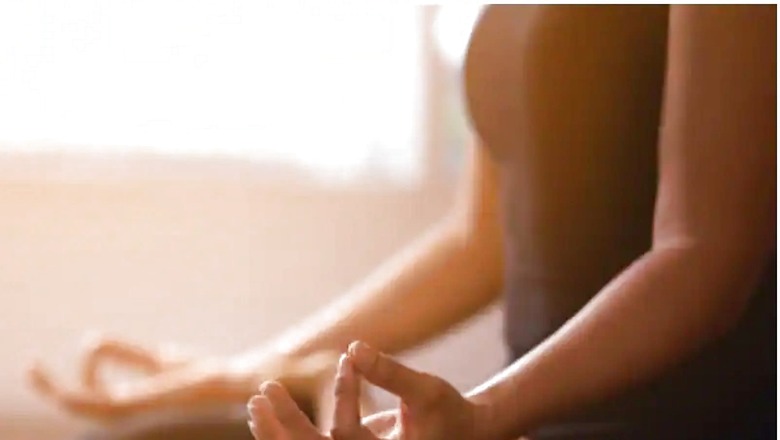
views
Have you ever sought to form a new habit or learn a new skill? You probably recognised early on, that success required regular practise. That holds true for meditation as well. Daily meditation is crucial since you’re developing a habit. The majority of individuals won’t feel the benefits right away, so you need to practise regularly in order to start reaping the rewards of your labour.
It might be challenging to begin a daily meditation practise, but most people find it gets easier once they begin to experience some of its numerous advantages. Still unsure about your ability to include meditation into your daily life? It’s definitely doable, and these seven success strategies can assist.
Tiny steps first:
Although meditating for at least 30 minutes a day is an excellent aim, you don’t have to start there. It only takes five minutes, three times per week. Beginners should begin with five minutes of guided meditation three times per week and gradually extend the time as they get more accustomed to the practise. You might not first feel very calm or mindful. You may not feel at all at ease. But it’s alright. Just set a time limit of five minutes for yourself to reflect. Have an interest in them, but don’t push it. Don’t worry if you can’t manage 30 minutes every day; even 10 or 15 minutes a day can be beneficial.
Pick the ideal timing:
The best time to meditate is actually whenever you can make it work. You’ll probably only feel frustrated and reluctant to continue if you force yourself to meditate at a time that doesn’t fit well with your schedule and obligations. Instead, experiment with when you meditate to determine what seems most comfortable for you. That could occur first thing in the morning, just before going to sleep, during a hectic commute, or during your break at work. Try to stick to the time you choose, whatever it may be. Maintaining consistency can assist your new habit blend in with the rest of your regular activities.
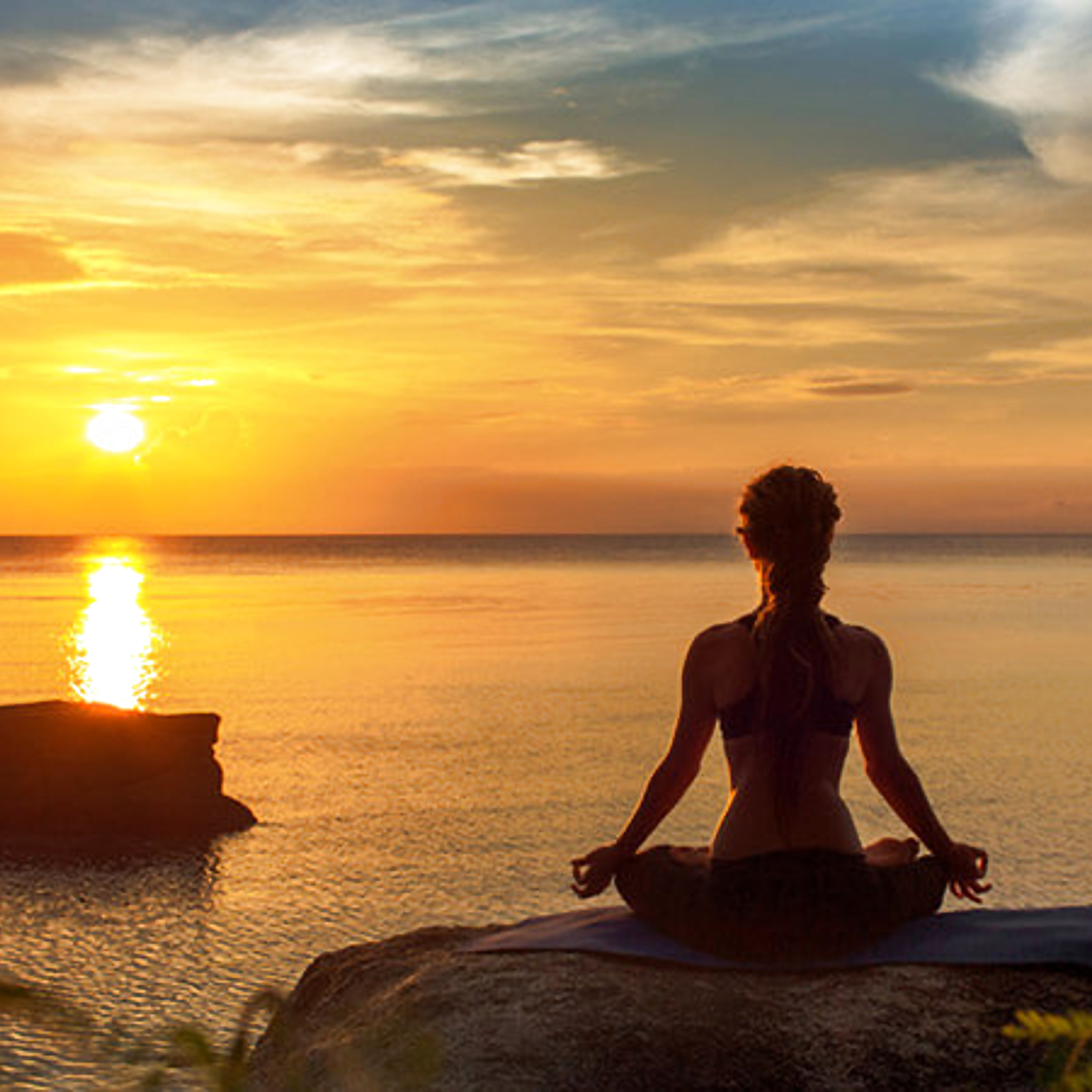
Be at ease
You’ve probably seen pictures of individuals sitting in the traditional lotus pose for meditation. However, not everyone feels at ease in that posture, and it can be challenging to mediate while you’re in an uncomfortable position. Fortunately, there isn’t a specific position you need to take in order to meditate well. Instead, simply assume a comfortable, natural position that you can hold. Both lying down and sitting in a chair are just fine. If you have problems staying motionless while sitting, try standing or walking while you meditate. Some people discover that concentrating on each phase, like concentrating on breath, enhances the meditation process. Also think about making a relaxing, tranquil location for meditation, or even design a ritual around the exercise. Candles, calming music, or pictures and keepsakes of loved ones can all improve meditation. The ritual’s advantages are crucial, as the act serves as a declaration of how much your wellbeing means.
Use a podcast or application for meditation:
Do you still have any questions regarding how to actually meditate? Always consult your smartphone if you’re unsure. Nowadays, there is an app for almost anything, and meditation is no different. Apps can be used to access, meditations for many circumstances, soothing tones, respiration drills, podcasts and tools and visuals to deepen your understanding of meditation. Additionally, you may customise the app to track your development and alter your meditation strategy based on how you are feeling at the time. Calm, Headspace, and Ten Percent Happier are a few of the well-known apps.
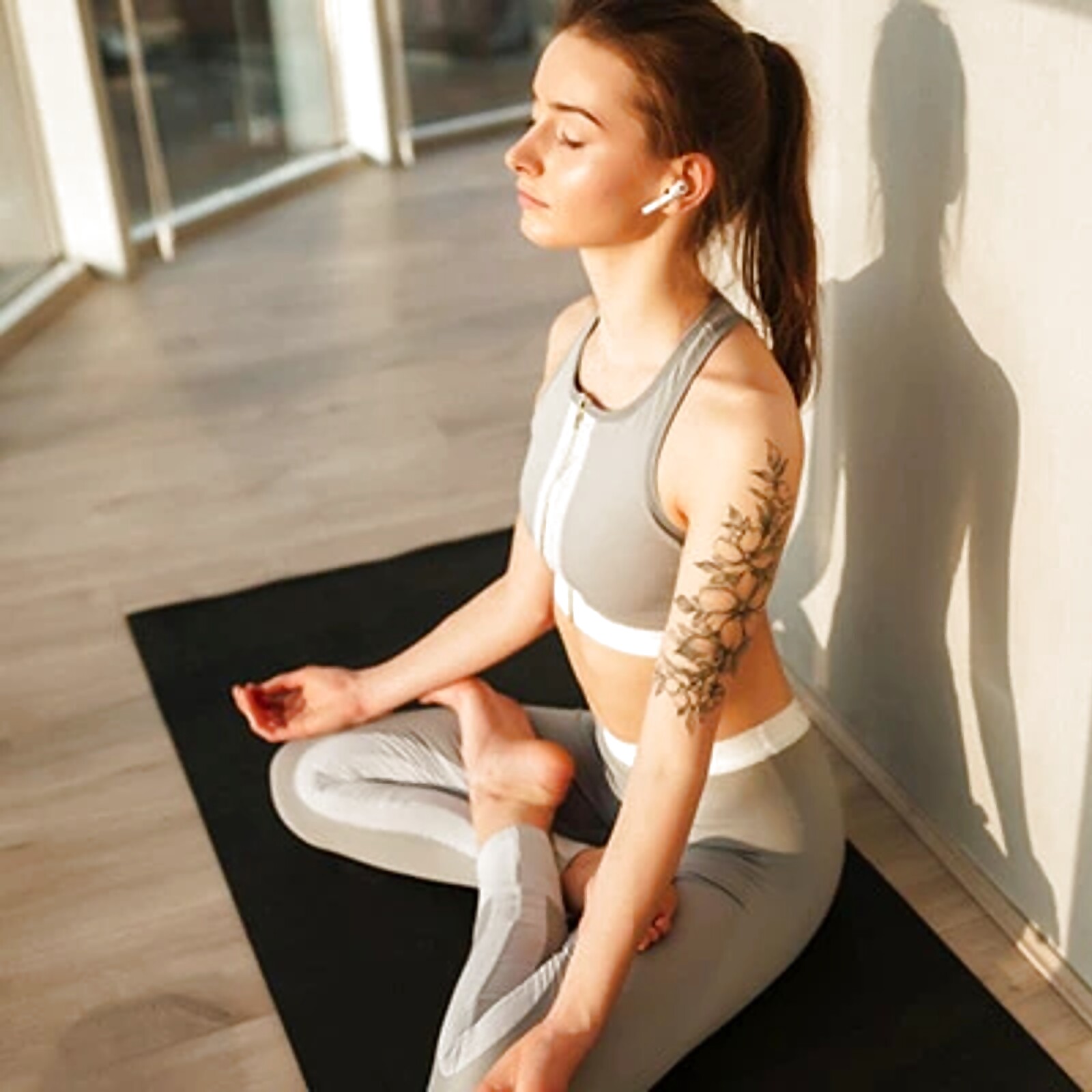
Keeping it on is the key:
Don’t panic if meditation doesn’t appear to click for you at first; it takes time to develop a new habit. Explore any challenges you’re facing with curiosity and an open mind rather than looking for excuses why you can’t continue with it. The difficulties you encounter when meditating can help you develop a more fruitful practise. You may more easily apply acceptance and curiosity in your daily life if you learn to practise them in meditation. This may make it simpler for you to regularly cultivate awareness. Consider it like this: You might feel a little better if you start meditating while you’re feeling nervous and irritated.
Recognize when it doesn’t work:
The benefits of meditation might not be felt right away. That is entirely typical. And no matter how long you’ve been training, occasionally your thoughts will still stray. That is also typical. Neither of these things precludes you from benefiting from meditation. It’s actually a positive thing to notice when your attention has wandered since it shows that awareness is something you’re growing into. Simply softly concentrate yourself when this happens. You should eventually start to experience benefits if you maintain a regular meditation routine.
It’s critical to understand when meditation causes more damage than good. Despite the fact that many people receive relief from their mental health issues through daily practise of meditation, not everyone does. Although it’s not very prevalent, some people do experience elevated sentiments of panic, anxiety, or despair. Before continuing meditation, you might want to get advice from a therapist if it routinely makes you feel worse.
Now, are you willing to give regular meditation your all? For your first meditation, try this short one:
- Locate a relaxing area where you may unwind.
- Set a three- to five-minute timer.
- Start by concentrating on your breathing. Take note of how each inhalation and exhalation feels. Breathe in a manner that seems natural, gently and profoundly.
- As soon as your mind starts to stray, acknowledge it, let it go, and shift your attention back to your breathing. If this continues, don’t be concerned; it will end.
- Open your eyes when your time is up. Be mindful of your surroundings, body, and emotions. You might or might not feel different.
However, as time passes, you’ll likely realise that you’re getting more aware of your own experience as as well as the environment around you. These emotions stay for a long time after you stop meditating.
Read the Latest News and Breaking News here










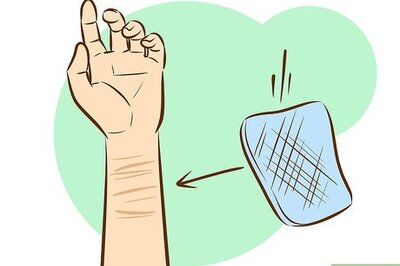
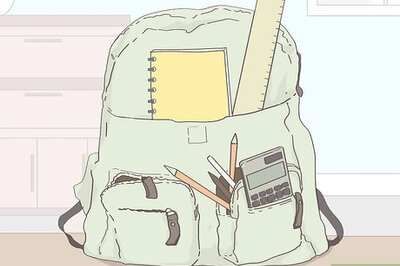



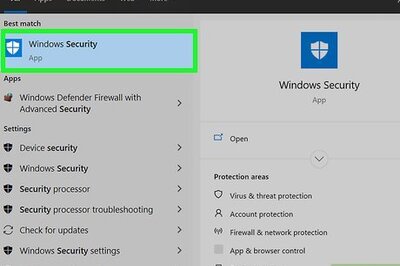


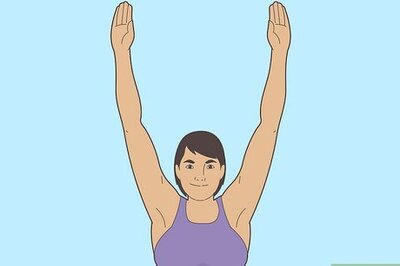

Comments
0 comment